Description
Add a Twist of Citrus to your Home Garden
Are your children big fans of Key lime pie? Learn to grow the Key lime tree at home and enjoy several recipes from homegrown Key Lime pies. The Key lime tree is an absolute pleasure to have. If you manage to care for it the right way, you will get the best possible results. The essential lime tree is the first choice for anyone who wants to grow a citrus plant at home. The Key Lime Tree is native to Southeast Asia and is also known as Citrus Aurantiifolia. These plants are a hybrid of two plants, Papeda and Citron.
The plant came to Spain when it colonized the West Indies. You can find the plan in different places in the US, such as California, Florida, and Texas. Now you can grow the West Indian Lime at home with the proper care.
Caring for your Key Lime Tree
These plants can thrive outdoors and require a lot of care for the outcome if you take care of them in the best ways. It is not too difficult to take care of the Key Lime Tree, and with the right guide, you can take care of it quickly.
Light
The Mexican lime requires a lot of sunlight; you must give it a minimum of 10 hours of sun. The more sun you give your Key Lime tree, the better it will grow and give higher quality fruits. You can grow the plant indoors but take it out in the sun during the summers. These plants are from the tropical family and need the proper heat to flourish. However, do not burn your plants; if there is a lot of heat, you should give them partial shade to ensure the high heat does not damage them.
Soil
Your first choice for soil should be well-draining soil that is either loamy or sandy. Moreover, the pH level for your soil needs to be slightly acidic. It is best to have nutrient-rich soil, so your plant gets the most nutrients possible.
Water
Consistency is the first thing you must remember when watering the Key lime tree. You need to water your plant whenever you feel the soil is dry and water the plant deeply until the water leaks from the drainage holes. Ideally, you will have to water the tree once or twice a week. If your plant is young, you may have to water them more frequently.
You need to balance the water and ensure that you don’t water it too much or too little.
Fertilizer
When you plant the tree for the first time, you will need to add organic fertilizer to ensure it gets the proper nutrients to grow to its full potential. Besides that, you can add granular fertilizer every 3-4 times a year. It is best to use a fertilizer that is high in nitrogen. You can also add a mineral supplement.
Common Issues
There are several common issues that you might face when growing Key lime trees at home. Your tree may produce flowers, but it might not produce fruits. For that, you need pollinators. Other than these problems, you must vary of pests and other diseases that can affect the Key Lime Tree.
Pests
Some of the most common pests include Citrus snow scale, Citricola Scale and Citrus Mites. These insects can have different effects on the plant. Some might reduce the sizes of the fruits, or they may even make the tree look like it was dusted with snow. There are different ways you can get rid of these pests.
Disease
Citrus canker is one of the most common problems that a Key lime tree can face. This disease causes fungus to grow in various dark spots on the leaves and the branches. This can cause the fruits to drop or the leaves to die. This happens mostly due to the humidity; you can keep the leaves dry to avoid this. Root rot is also a widespread problem.
Pruning
The best time to prune your Key Lime Tree is at the end of fall and the beginning of the spring. This way, you will be able to promote the growth of your plant. When pruning, first remove all the dead branches and try to get a shape that helps your plant get more air for high growth.
Propagation
The best way to propagate a Key Lime Tree is to grow it from seeds. You can soak them in warm water and then use them to grow complete plants.
Potting / Repotting
Slide your tree out of its container, and then be sure to dust away all the loose soil. Spread out the roots and put them in the holes. Add the soil and put it back in the hole to get the best plant.

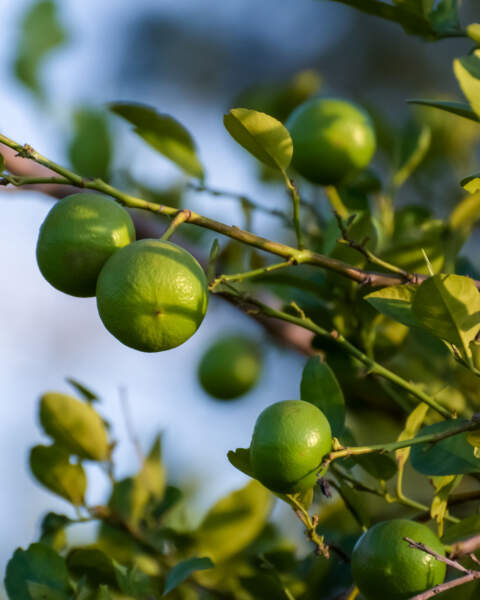
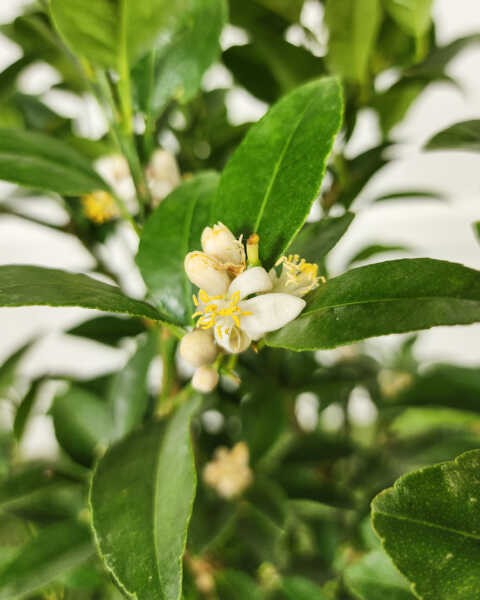







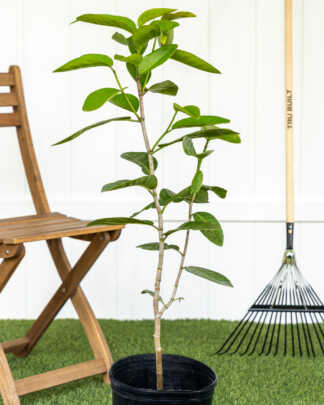
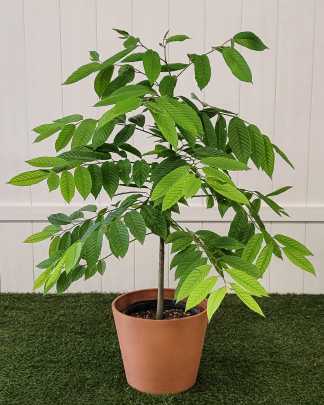
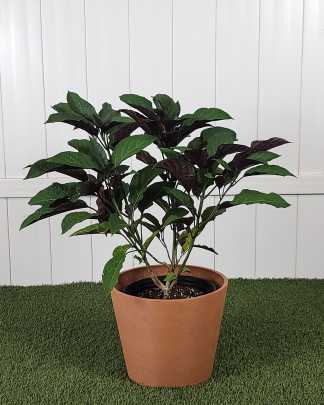
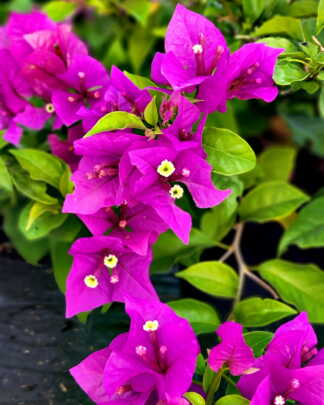


Laura Watts (verified owner) –
It was beautiful and full of blooms and limes.
Anonymous (verified owner) –
Very happy costumer.
Beth (verified owner) –
Arrived healthy and doing great
Susan –
Can these be grown indoors?
Collin A. (verified owner) –
Came in great shape, well packaged. Have planted in a permanent home. Will let you know how the key lime pie is in 2-3 years! Thanks!
brigida sanchez (verified owner) –
Always the most beautiful plants that arrive in mint condition. So happy with plant vine as this is my second order.
Alisha (verified owner) –
Kris –
How soon should the tree start producing fruit?
Anonymous (verified owner) –
Rebecca M. (verified owner) –
My key lime tree arrived in perfect condition! From Florida to Texas, the soil was still moist and there was no wilting or loss of any leaves. So impressed and look forward to my next order.
Oscar Guevara (verified owner) –
Arrived in perfect conditions!
Michael C. (verified owner) –
Arrived good condition
keith b. (verified owner) –
Julius (verified owner) –
Linda Sutton (verified owner) –
Came quickly and larger than I even thought 🤗
Eric (verified owner) –
Received a nice healthy plant that easily survived transplant.
stephanie krueger (verified owner) –
Arrived looking great! Plant was super well packaged and protected!
Sarah D. (verified owner) –
The baby tree arrived in perfect condition and makes an excellent addition to my porch!